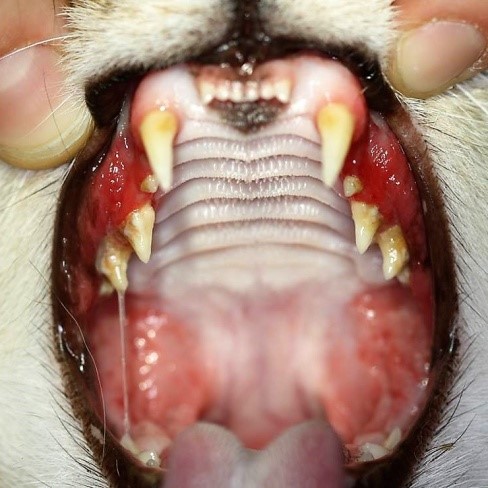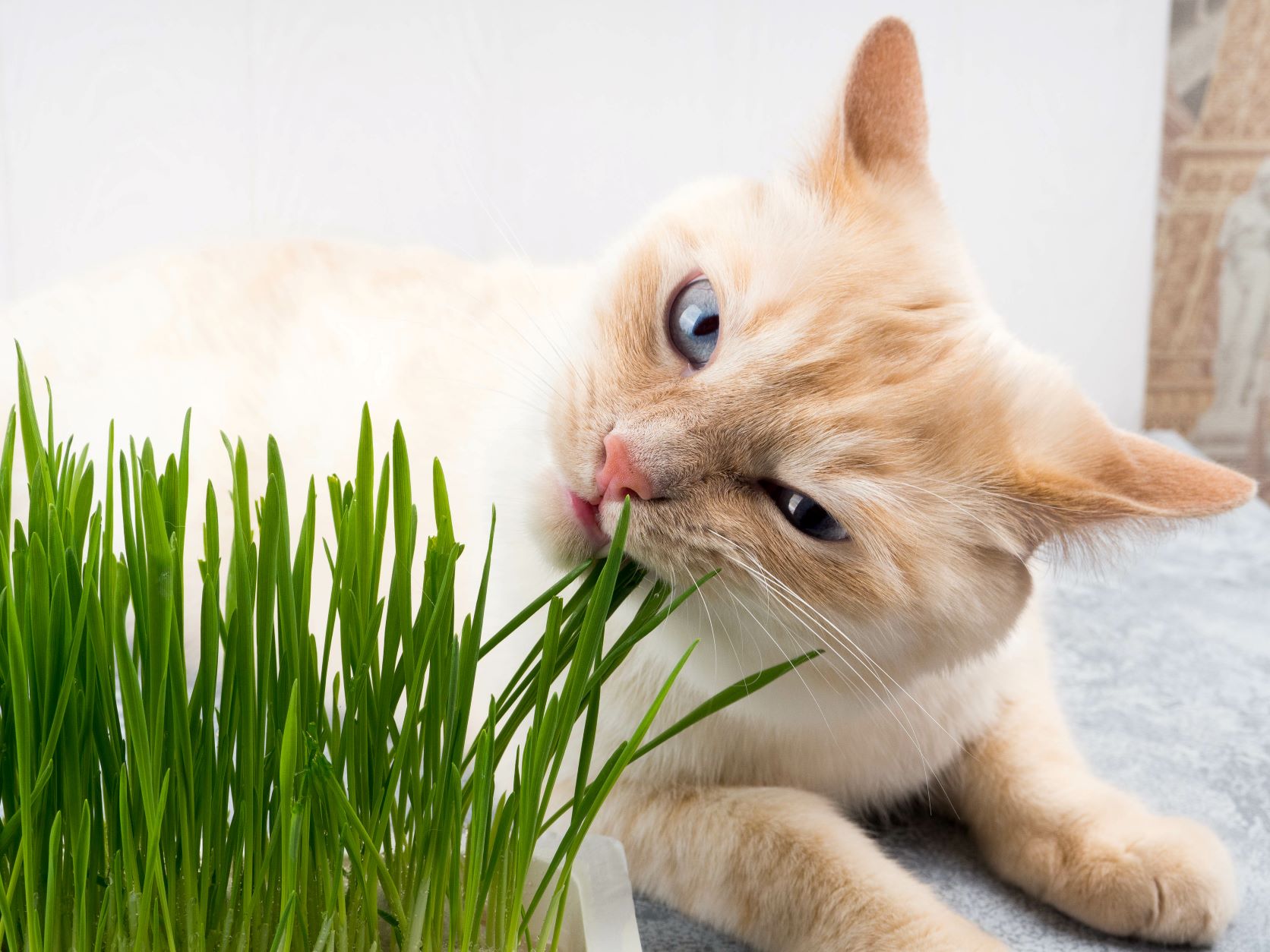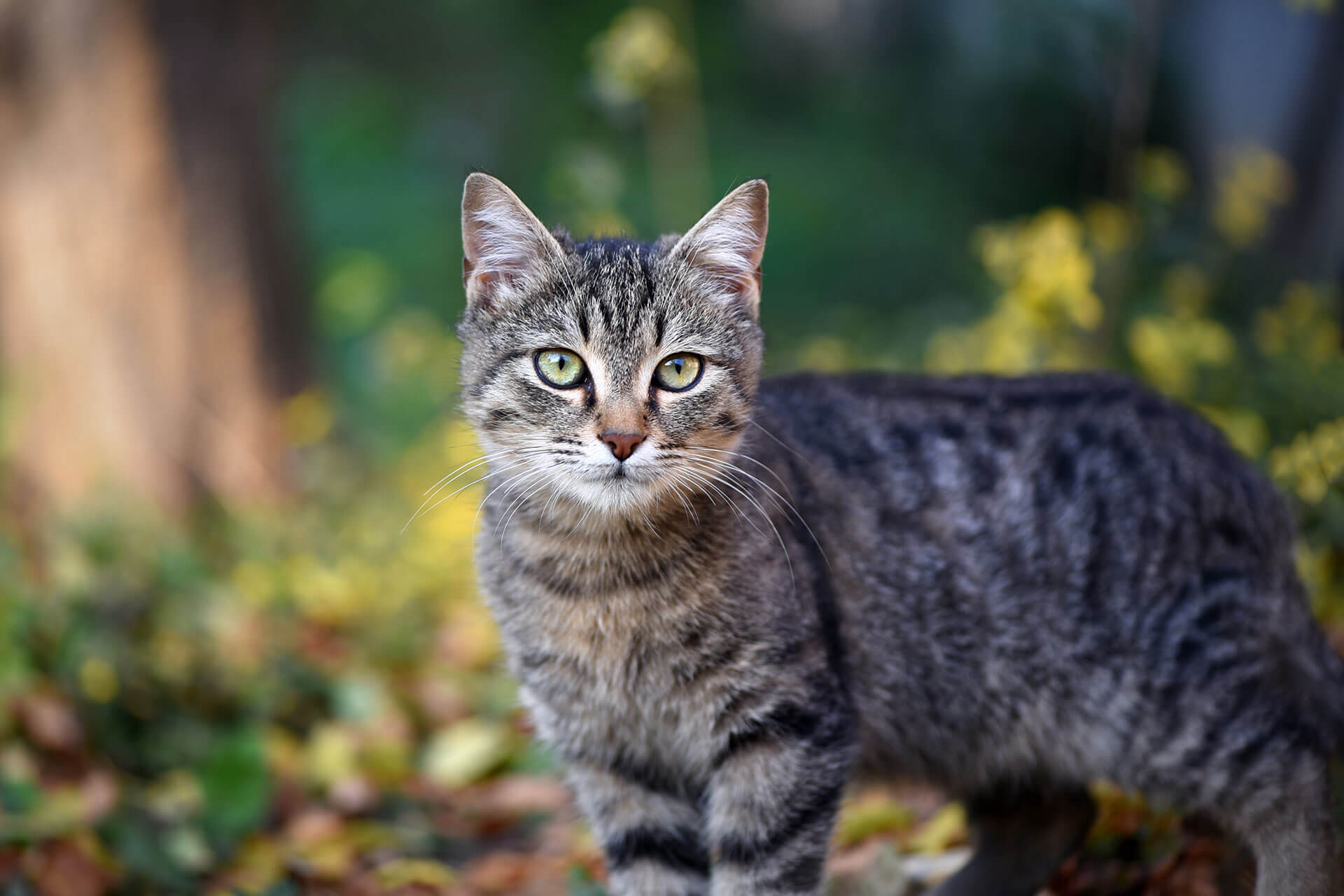Adverse events likely to be associated with ciclosporin included the following: In veterinary medicine for several years is recommended for strengthening the immune system and for chronic respiratory infections.

Achtung Mundgeruch Bei Katzen Ist Ein Alarmzeichen – Lieblingskatze
Neu, die behandlung der chronischen gingivitis der katze pract tierarzt 69:
 Gingivitis katze. It is important to treat this condition correctly to prevent it from evolving into greater problems to your cat ; Der tierarzt führt eine untersuchung des mundes und der zähne ihrer katze durch. Virus feline calicivirus (fcv) is a highly contagious pathogen with a widespread distribution in the feline population.
Gingivitis katze. It is important to treat this condition correctly to prevent it from evolving into greater problems to your cat ; Der tierarzt führt eine untersuchung des mundes und der zähne ihrer katze durch. Virus feline calicivirus (fcv) is a highly contagious pathogen with a widespread distribution in the feline population.
Wenn sie den verdacht haben, dass ihre katze an gingivitis leidet, und bringen sie sie zu einem tierarzt. In the early phases of gingivitis, some plaque is present and there is a mild redness of the gums, but the gingival surfaces are smooth. Contents1 echinacea dog cat1.1 echinacea dog cat as a supplement give directions for use1.1.1 naturvet, cranberry.
Caliciviruses include important pathogens of humans (such as the norwalk virus, one of the commonest causes of infectious gastroenteritis in people) and animals, including the european brown hare syndrome. Behandlungen für gingivitis bei katzen. Gingivitis is the inflammation of the gingiva, or gums.
The etiopathogenesis of oral inflammatory disease, predisposing factors, and the sequela of root resorption are discussed. If left untreated, standard gingivitis can progress into more severe periodontitis. Gingivitis is the early stage of periodontal disease and is often reversible with adequate dental care.
Plaque forms within 24 hours on clean tooth surfaces. Bei katzen kommt diese meist schmerzhafte zahnfleischerkrankung sehr häufig vor und kann durch eine vielzahl an ursachen. Als gingivitis wird eine entzündung des zahnfleisches bezeichnet, welche sich meist durch eine rötung und schwellung der schleimhaut am rande der zähne äußert.
Gingivitis refers to inflammation of the gingiva (gum surrounding the tooth). Dental radiographs are used to diagnose the various dental and bony lesions. It belongs to the caliciviridae family, genus vesivirus;
The typical clinical signs of fcv infection are painful oral and lingual ulcerations, gingivitis/stomatitis, fever, inappetence and reduced general condition, with. Feline odontoclastic resorptive lesions (forl) are common and account for a large proportion of the clinical caseload in small animal veterinary practice. Echinacea dog cat, echinacea in human is used to prevent or treat colds, flu and upper respiratory tract infections.
Prescott, some oral lesions in the cat aust vet j 47: Vickendy, periodontal disease in the domestic cat j periodont res 19: Call dale kressin, dvm, davdc of animal dentistry and oral surgery specialists, llc.
Gingivitis can be mild to severe. It's caused by a viral infection and is common in children. The symptoms can be mild or severe.
Zahnfleischentzündung (gingivitis) bei der katze. With moderate gingivitis, as time advances, plaque will accumulate on the teeth and the gingiva will become. Die genauen ursachen für eine zahnfleischentzündung bei der katze sind bisher nicht geklärt.
Nur bei konsequenter, aggressiver behandlung bestehen chancen auf eine heilung. Oral masses can be benign or malignant. Plaque is the result of food, debris, bacteria, dead skin cells, and mucus that collects on the teeth.
Mild gingivitis is very common in cats of all ages and is considered the earliest stage of periodontal disease. Eine katze kann dazu in eine transportkiste verbracht werden und ein inhalationsgerät unter einer decke positioniert werden. Gingivitis refers to inflammation of the gingiva which is the gum surrounding the tooth.
Adverse events occurred in 66% (33 cats). Feline juvenile gingivitis (aka juvenile hyperplastic gingivitis) is a pronounced generalized inflammation of the gingival tissues in the young cat. Juvenile feline hyperplastic gingivitis is a pronounced generalized inflammation and overproduction of the attached gingival (gum) tissues in the young cat.
Besonders junge katzen leiden häufig unter einer zahnfleischentzündung (medizinisch gingivitis). J anim physiol anim nutr (berl) 96(4): Der einsatz von schleimlösern und inhalation ist zu empfehlen.
Gingivostomatitis is the long name for a condition that results in a very sore mouth. Gingivitis is the earlies stage of periodontal disease, a condition that seriously affects the gums, teeth and overall health of your feline pet. Feline juvenile gingivitis still presents as inflammation and redness in the gums.
Oral masses in cats need to be evaluated carefully by a veterinary dentist as they may be due to infection, inflammation, foreign body, chemical irritation or serious malignant tumor. Der einsatz von schleimlösern und inhalation ist zu empfehlen. Eine katze kann dazu in eine transportkiste verbracht werden und ein inhalationsgerät unter einer decke positioniert werden.
Several clinical syndromes are described based on history, signalment,and the presenting oral and dental lesions. Clarke de (2006) drinking water additive decreases plaque and calculus accumulation in cats. Unfortunately, in kittens, gingivitis acts a little differently.

Zahnfleischentzuendung Tieraerztliche Klinik Oberhaching











